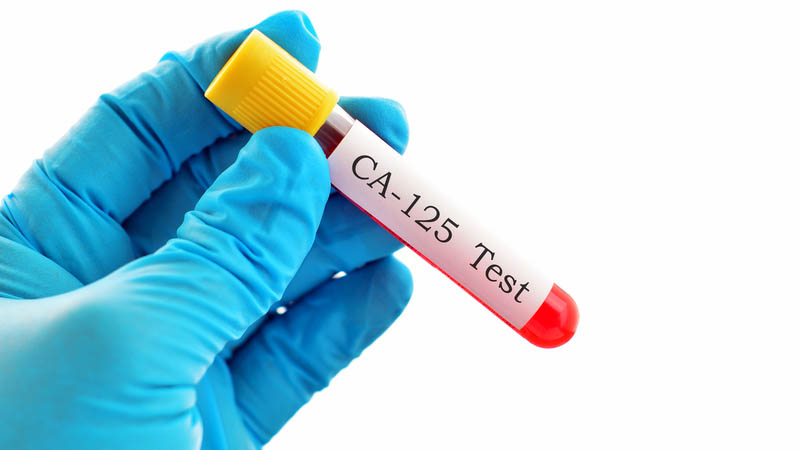Role of classic tumor markers in genital malignancies in the females
Barbara Kozakiewicz, Małgorzata Stefaniak, Ewa Dmoch-Gajzlerska
 Affiliacja i adres do korespondencji
Affiliacja i adres do korespondencjiSince the 1970s we are witnessing a continuing search for new markers that would assist in the treatment and follow- up of patients with malignant tumors. First reports on benefits of assessment of tumor markers authored by Goldman and Freedman date back to 1965. Discovery of the first carcinoembryonic antigen (CEA) initiate an era of search for substances, still insufficiently sensitive and specific as to be used to screen tumors, but increasingly helpful in the assessment of treatment effects. This paper discusses the role of tumor markers, increasingly often referred to as “classic” in the monitoring of tumors. We present an update on markers with the longest history in oncology practice, e.g. CEA and on the recently introduced marker TATI. Selection of markers was made based on their role in three basic processes taking place in tumor cells, i.e. proliferation, differentiation and apoptosis. We highlight novel and expanding fields of research – genomics and proteomics, which appear to be the future of oncology. They are extremely useful in the evaluation of molecular prognostic factors, enabling implementation of individually tailored targeted therapies in cancer patients. We discuss classic markers and the few known cancer- specific substances. To sum-up, we state that understanding of the role of more sensitive and more specific markers in oncology may contribute to a more personalized treatment and thus may improve the outcome in cancer patients.









